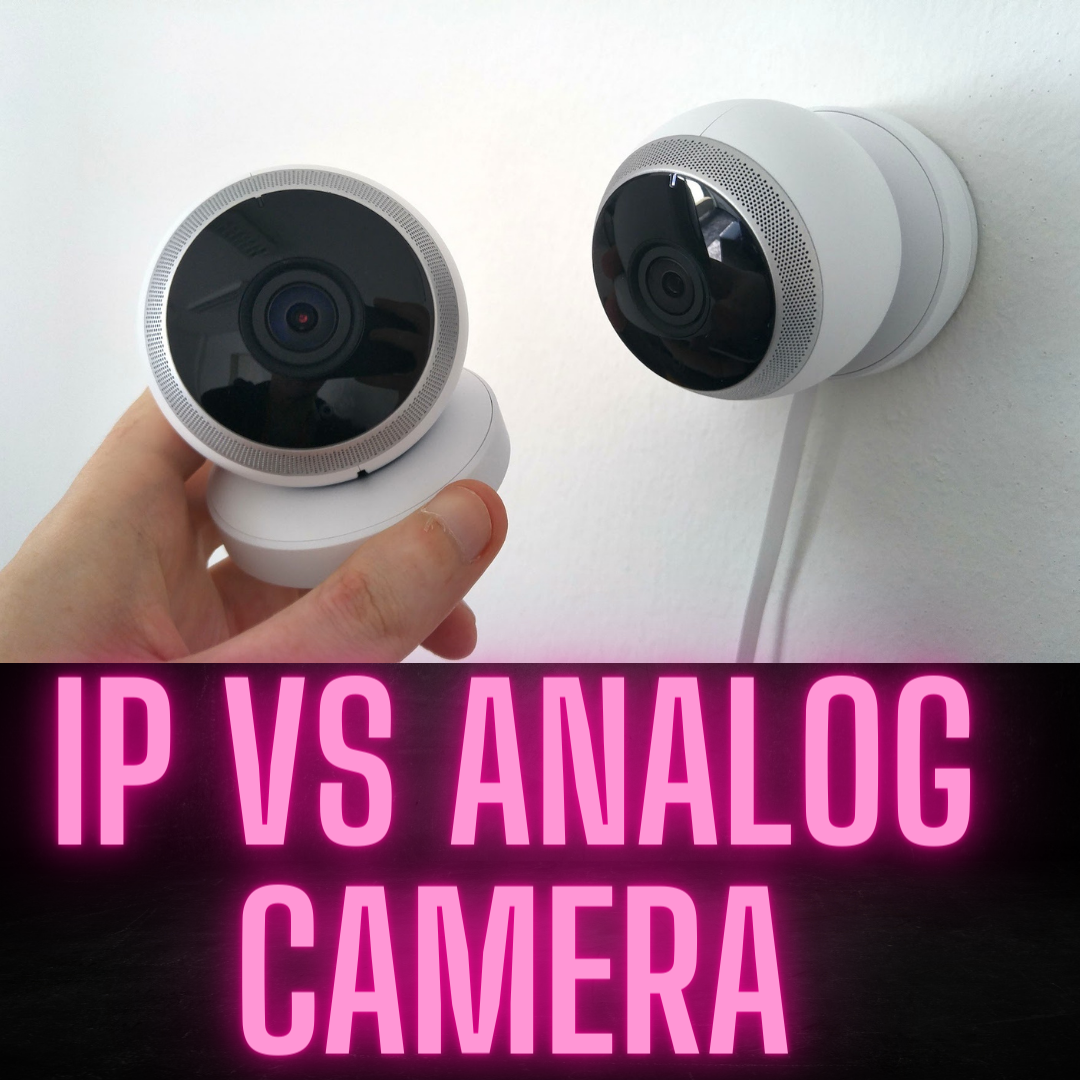What is the difference between IP and analog camera?
How do I choose between analog and IP cameras? When comparing the two technologies, several criteria come into play. The first thing to consider before deciding between these two types of cameras is the purpose for which you intend to use them. It goes without saying that if you want to cover an entire house or a single room, you will not require the same type of cameras. Let's take a look at the main differences between analog and IP cameras.
The option for analog cameras
Analog cameras were the first to see light of day. This video surveillance system is still the most common in shops, businesses, and homes today. This can be explained by the fact that the surge in surveillance cameras occurred before the globalization of the Internet. Despite the fact that IP technology only really advanced in the 2000s with the introduction of broadband in homes, analog cameras are still widely used. It is critical to understand that analog cameras can evolve into IP cameras. The variety of choices available to consumers is a direct result of the proliferation of analog cameras. Dimensions, weights, and sizes... Analog cameras come in a variety of shapes and sizes!
IP camera image quality
The IP (Internet Protocol) camera is a digital video surveillance camera that is sophisticated. It has image quality that, even at the entry level, far outperforms that of the best analog camera. The maximum analog resolution is 704 x 480 pixels (equivalent to 1/3 of a megapixel). The minimum definition for IP technology is 1.3 megapixels, which is four times higher. This feature appears to be important, but it ultimately depends on how you intend to use your video surveillance system. IP technology is required if you want to recognize even the color of the people you are filming. On the other hand, if seeing a silhouette is all you need from your surveillance cameras, analog will suffice.
The Price disparity between Analog and IP Camera
When we discuss the differences between analog and IP, we are essentially pitting the past generation against the future generation. This is not entirely false because IP technology is relatively new and rapidly evolving. Analog cameras may lag behind in terms of image quality, but they are attempting to catch up in terms of price. Analog is still generally less expensive than IP.
Distinct Operation - Cabling System for Analog and IP Camera
The power supply is the other major distinction between the two technologies. Whereas the IP camera has a "POE" (Power over Ethernet) power supply that allows an electricity supply to be coupled with network data, the analog uses a more basic cable network.
The analog camera captures an analog video signal, which it sends to the digital recorder via coaxial cable if wired, or radio waves if wireless. The DVR (digital video recorder) converts the analog signal into a digital signal and stores it on a hard disk. The DVR recorder connects to the internet and allows for remote viewing via Smartphone and PC.
In contrast, the IP camera connects to the Internet box via Ethernet cable for wired models or Wi-Fi for wireless models. It is more adaptable because of switches and routers (cascading cabling), which are useful for expanding your installation. Wi-Fi also allows for the avoidance of cable passage.
Conclusion
In a nutshell, analog technology is a thing of the past. Analog is on its way out because it is less flexible than IP and provides lower image quality. The IP solution is obviously more intriguing, but it is not the only one! Another technology, HDCVI and HD-TVI, exists to replace analog and approach the quality of IP.










0 Comments